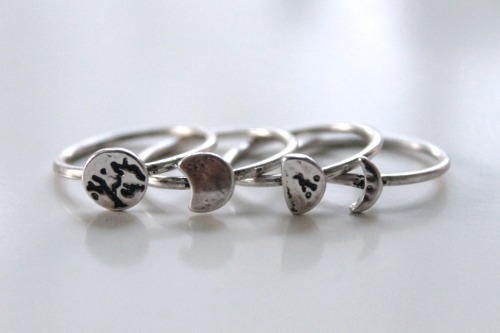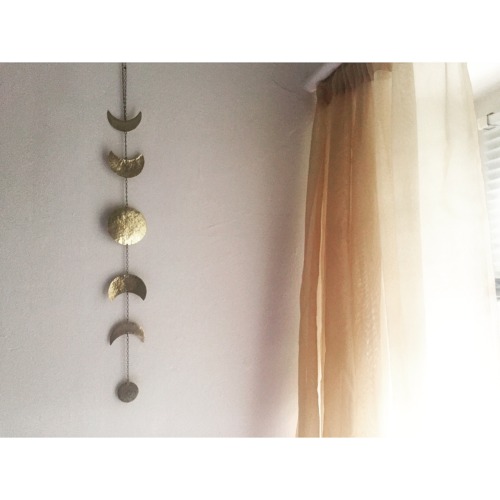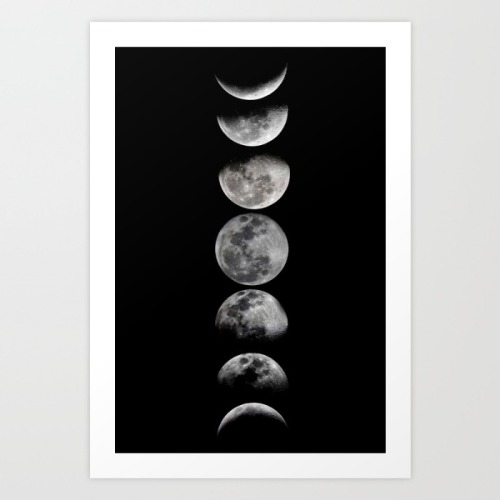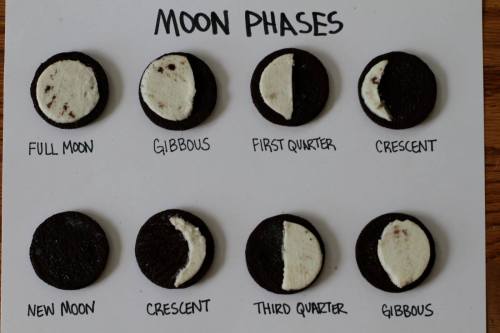#phases of the moon
As children, it is difficult to appreciate Earth because, well, we are on it! Instead, kids seem to fixate on things in relation to the Earth, like our Moon.
While we all are probably guilty of saying the Moon is made of cheese and that it’s smiling at us on certain nights, or even likening it to the Cheshire cat, at some point, it’s nice to fill our little ones in on what exactly the Moon is and more importantly, why it changes shape.
But, we don’t want to overload them either! So, make it fun!
This simplified explanation of the phases of the Moon is done with Oreo cookies and is a great way to enrich young minds.
First off, we have the full Moon (a firm favourite!). This occurs when the Earth, Moon and Sun are in alignment (approx.). Full Moons occur because the entirety of the bright side of the moon is facing us. After the full Moon, moonlight continually decreases.
Next up is called the gibbous phase, this is simply when the Moon is more than half illuminated.The first quarter follows and this happens when the Moon is at a 90 degree angle with respect to the Earth and Sun. So we are seeing exactly half of the Moon illuminated and half in shadow.
The last stop them before a new Moon is the crescent moon; when the moon is less than half illuminated.
The new moon is similar to a full Moon, except this time the entirety of the dark side of the Moon is facing us. After this phase, we simply reverse the order, going to crescent, third quarter, gibbous and back to full Moon!
Simple!
If your little ones are like my one, you can finish the tale off with a total lunar eclipse (this is often accompanied by the sound “nom nom nom”
Post link







